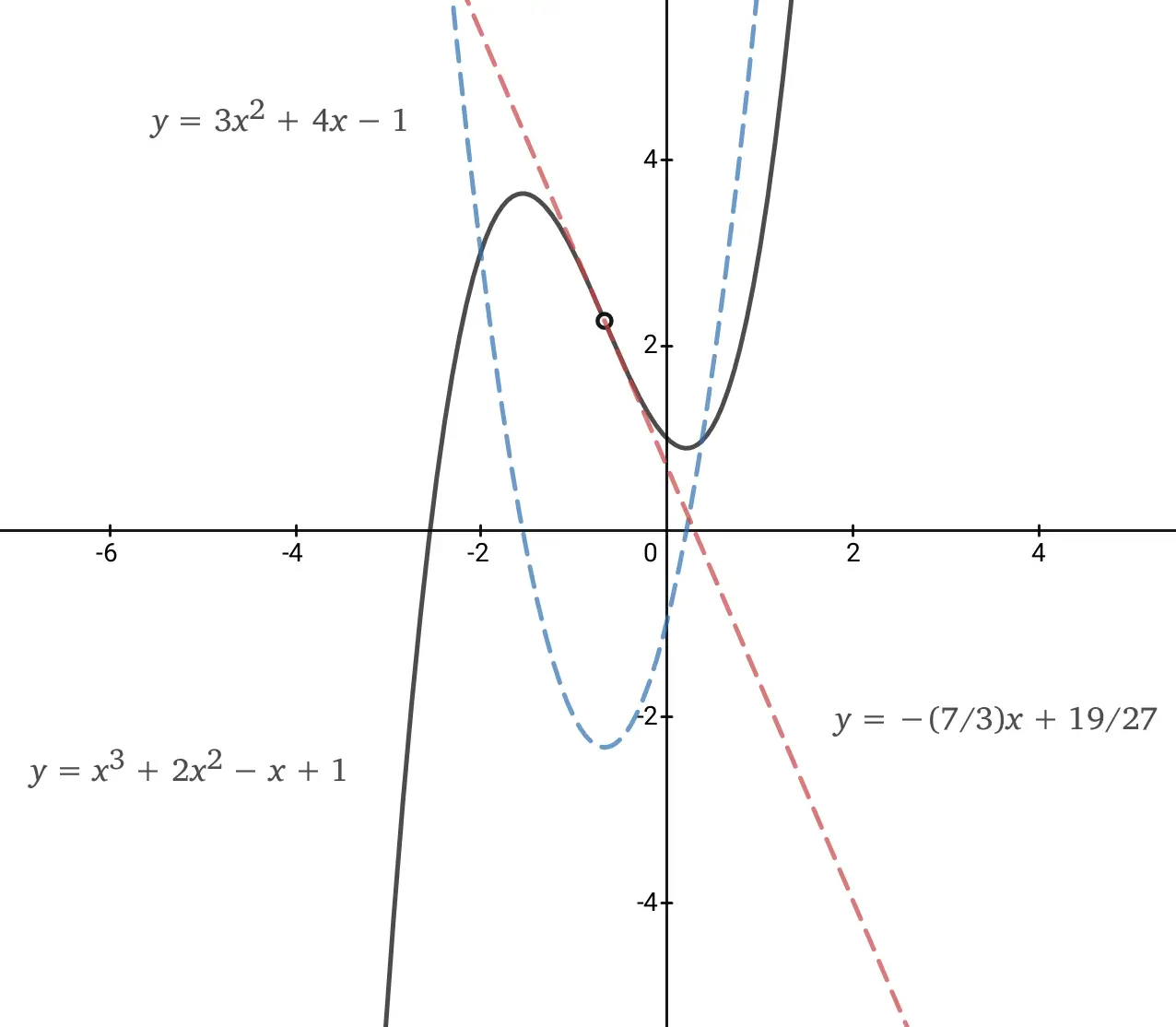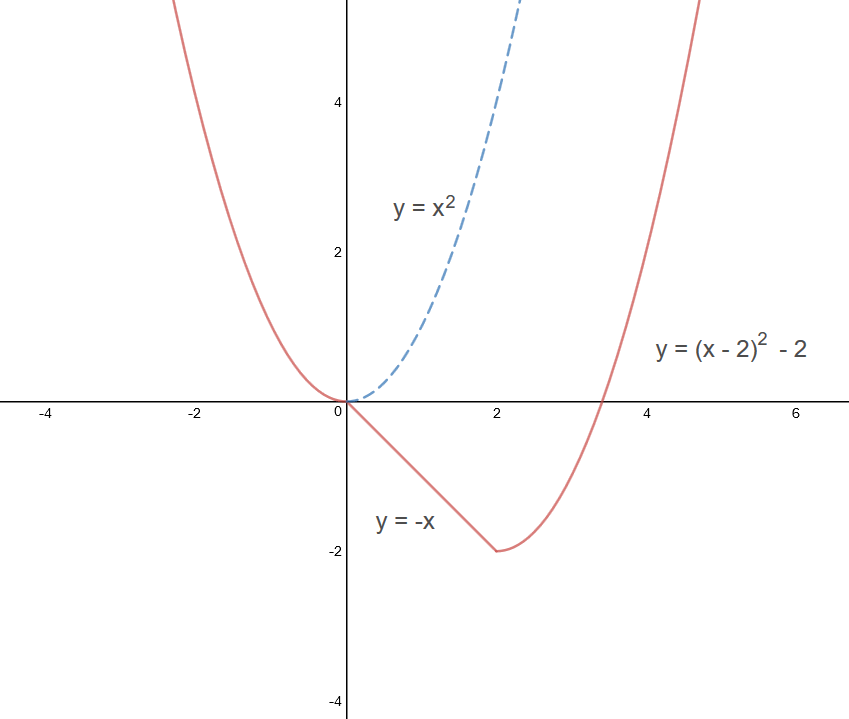How to tell if someone is a crackpot
Page last updated 13 June 2022
How can you tell if someone is a crank/
It’s easy - if they really are a crank/
However, many people like to think that there are other ways of deciding if someone is a crank/crackpot, by looking at every other aspect of the alleged crank/crackpot rather than the errors they make (see also Cranks and Crackpots). This is rather like a jury deciding by only looking at circumstantial evidence and refusing to consider the first-hand evidence - which any reasonable person would deem to be absurd.
But if someone really is a crank/
The crackpot John Gabriel
As an example, let’s consider the case of the alleged crackpot John Gabriel. Gabriel has a YouTube presence with over 150 videos, see John Gabriel’s YouTube Videos, as well as other webpages.
The Error in Gabriel’s “New Calculus”
Gabriel has several webpages devoted to a notion of his called the New Calculus. On his webpage The New Calculus you can find the following claim:
We can prove that if
then
Proof:
Let
Then a parallel secant line is given by
So,
But the required derivative
Therefore
Gabriel states that a line that is parallel to the tangent line is given by::
This, as it stands, is a formula where the variables
But, for any given
a) a straight line through
and
b) the function
Gabriel defines
This is Gabriel’s error - he hasn’t actually provided any general means of determining the derivative of a function, since his definition of the derivative is itself defined in terms of the derivative.
In his demos, Gabriel conveniently chooses simple formulas for which his method appears to give a method for calculating the correct value of a derivative. But for most other formulas it doesn’t. For an example, let’s use a formula that Gabriel himself uses to rubbish conventional calculus, such as in his video There are no tangent lines at points of inflection. Here he uses the formula:

Applying Gabriel’s method to this formula, we get that the derivative is:
simplifying by dividing the numerator by
So - how does that give a value for the derivative? John Gabriel pointed out some plus/minus typos in the original. But of course, that makes no difference whatsoever to the key point, which is that Gabriel’s equation does not give a value for the derivative.
Answer: it doesn’t. You would need to know values for both

So, according to Gabriel, a nice smooth sine wave doesn’t have a slope that changes smoothly - according to Gabriel, at two points in each cycle, the curve doesn’t have a slope (circled points above) but everywhere else a slope exists for the curve and changes nice and smoothly.
On the other hand, if we set
and we get the standard conventional result:
from which we get the correct derivative as:
And another consequence of Gabriel’s suppositions is that his marvelous “New Calculus” method of calculating the derivative of a function by his wonderful “auxiliary equation” can’t even be used to find the derivative of the simplest type of function possible - a straight line - since Gabriel’s method requires that there exist lines that have the same slope as the derivative but have to cross the function curve at two points.
Yes, Gabriel’s “New Calculus” is a joke - or a parody.
Gabriel’s error regarding the definition of a derivative
Gabriel also manages to completely misunderstand conventional calculus, as he demonstrates in his video A simple comparison between New Calculus and bogus mainstream Calculus. First he correctly states the conventional derivation of a derivative for a function
But then he claims that the above conventional derivation of a derivative implies, for the case where
where he fixes the variable
But Gabriel’s error is that, on the one hand, he treats “
Gabriel seems to think that there is a problem with the limit concept in the above; he thinks that it involves
Contrary to what Gabriel claims, there is no requirement that
Note that we can also talk about the derivative to the right-side or left-side of a point, see Appendix: Left and Right side derivatives below.
Gabriel’s error of logic
On his webpage Invalid Logical Disjunctions Gabriel demonstrates that he completely fails to understand simple basic fundamentals of logic.
He says:
“If you write
That is hilarious ! Gabriel is saying that
When you have finished mirthfully rolling about on the floor clutching your sides, we’ll continue.
Yes, it’s evident that Gabriel completely fails to understand the entire point of a generalization, which is that if it holds for all values of its free variables, then it holds for any values that are substituted for its free variables. Provided that the values belong to the domain of the variables.
Conclusion
Well, it’s actually quite easy to show if someone really is a mathematical crackpot.
And yes, it is abundantly evident that John Gabriel is a complete crackpot - or else a very convincing joker.
For an analysis of another crackpot “proof ”, see Kalimuthu Sennimalai - Crackpot or Joker?
Appendix: Left and Right side derivatives
As an aside, I might point out here a bit of information regarding left-side derivatives and right-side derivatives. A right-side derivative is defined as:
and where
The left-side derivative is defined as:
where
For many functions the left-side and right-side derivatives are equal. But for some functions, they can be different, if there is a kink, an abrupt change of direction. Note: I am speaking informally here. You can find formal definitions elsewhere. Before we go any further, perhaps I should point out that Gabriel denies that there can be such a thing as a piecewise function, see There are no piecewise functions, despite the fact that piecewise functions are frequently used in real world engineering calculations with successful results. It appears that Gabriel decides that he alone is the arbitrator of what is to be allowed in mathematical definitions.
Anyway, an example of such a function is given by the piecewise function:

The derivative at the point
At the point
Similarly, at the point


Rationale: Every logical argument must be defined in some language, and every language has limitations. Attempting to construct a logical argument while ignoring how the limitations of language might affect that argument is a bizarre approach. The correct acknowledgment of the interactions of logic and language explains almost all of the paradoxes, and resolves almost all of the contradictions, conundrums, and contentious issues in modern philosophy and mathematics.
Site Mission
Please see the menu for numerous articles of interest. Please leave a comment or send an email if you are interested in the material on this site.
Interested in supporting this site?
You can help by sharing the site with others. You can also donate at where there are full details.
where there are full details.